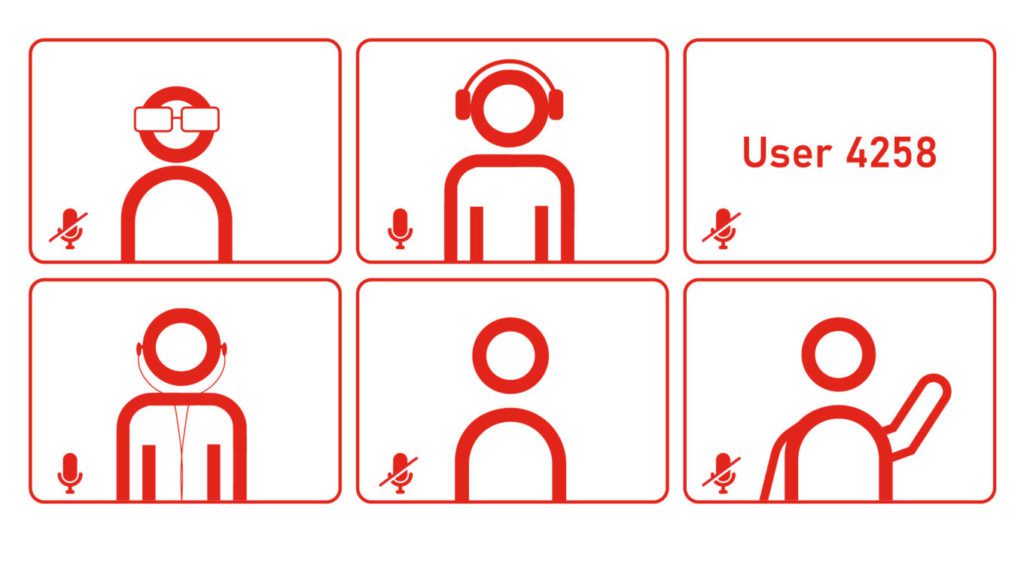The Science of Successful Virtual Meetings

At this point, we’re all well acquainted with how to run a virtual meeting. But, do you know how to run a great virtual meeting? CambridgeSeven Associate, Douglas Flandro, LEED AP BD+C ID+C, took some time to break down the neuroscience of great virtual meetings. Here are his findings.
Virtual meetings are a convenient option to replace in-person meetings. However, they come with their own stressors; you may feel anxious about running over the allotted time, maybe you don’t know all the faces on the screen, or perhaps the wifi connection is slow and you can only hear every other word your client is saying. These kinds of communication issues don’t just slow down the meeting, they impair our ability to work and collaborate confidently. When we feel anxious, stressed, or confused, our unconscious brain (the amygdala) can overrun our conscious brain (the prefrontal cortex), triggering our fight or flight responses and making us angry, frustrated, and unpleasant to work with. An outcome that helps neither the team, nor its project. So how can we ensure that our virtual meetings don’t end with anyone feeling this way?
Douglas referenced David Rock of the NeuroLeadership Institute. Meetings, even virtual ones, are a social event and according to David Rock, we all have five social needs.
Our Five Social Needs
- Status – a feeling of significance and self-respect
- Certainty – about what will happen next
- Autonomy – having choices and some control
- Relatedness – feeling part of a group
- Fairness – all participants are treated equally
When any of these needs are threatened, our amygdala fires up and gives us uneasy feelings and reactions. It’s important that everyone in a virtual meeting feels that these social needs are being fulfilled. Here are a couple of pointers to do this:
Get to know the people in the meeting beyond their name and role.
It’s important that everyone feel comfortable sharing and accepting information with everyone else in the meeting. A great way to break the awkward ice is to go around the “room” and share a unique detail about yourselves. Some ideas that Douglas shared include, “Tell us about the physical landscape of your childhood” or “Tell us about the story of your name.”
Make a clear agenda and stick to it.
Ensure that everyone knows the purpose of the meetings, what they’ll get out of it, and how long it will run. Share the agenda ahead of time and let everyone know if you make changes. Ask if anyone has anything they’d like to add to the agenda. Keep on schedule and try not to run over the allotted time; someone may have to join another virtual meeting right after yours.
Reflect, Test, Share
When posing a question to the group, rather than letting everyone try to speak at the same time (which we all know doesn’t work), give everyone 60 seconds to write down their thoughts about the topic, then share one at a time. This ensures that everyone can share their opinion. Even if they don’t get their way, it’s important that everyone has a voice.
Remember Why You’re Meeting
Few things are worse than feeling like our time is being poorly used. If you find yourself on a conference call wondering if your time could be better spent elsewhere, remember the purpose of the meeting. It should be because we can arrive at better ideas as a group than we could with any one individual. That only happens if we foster a collaborative environment.
As we increasingly rely on digital communication methods, let’s work to improve our productivity by giving our social needs the attention they deserve. While in-person meetings are impossible right now, there are still opportunities to build our collaboration skills with coworkers, clients, and colleagues.